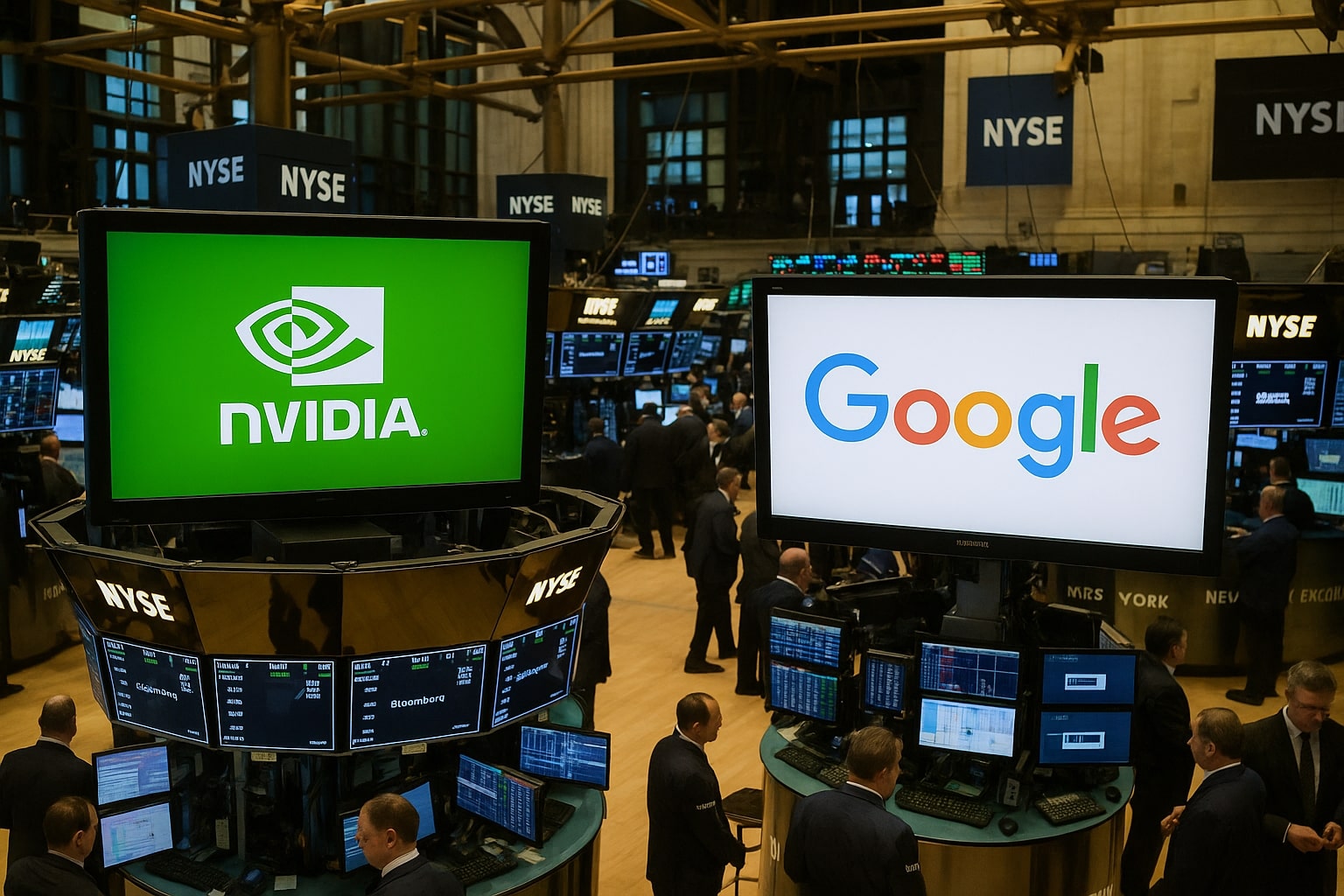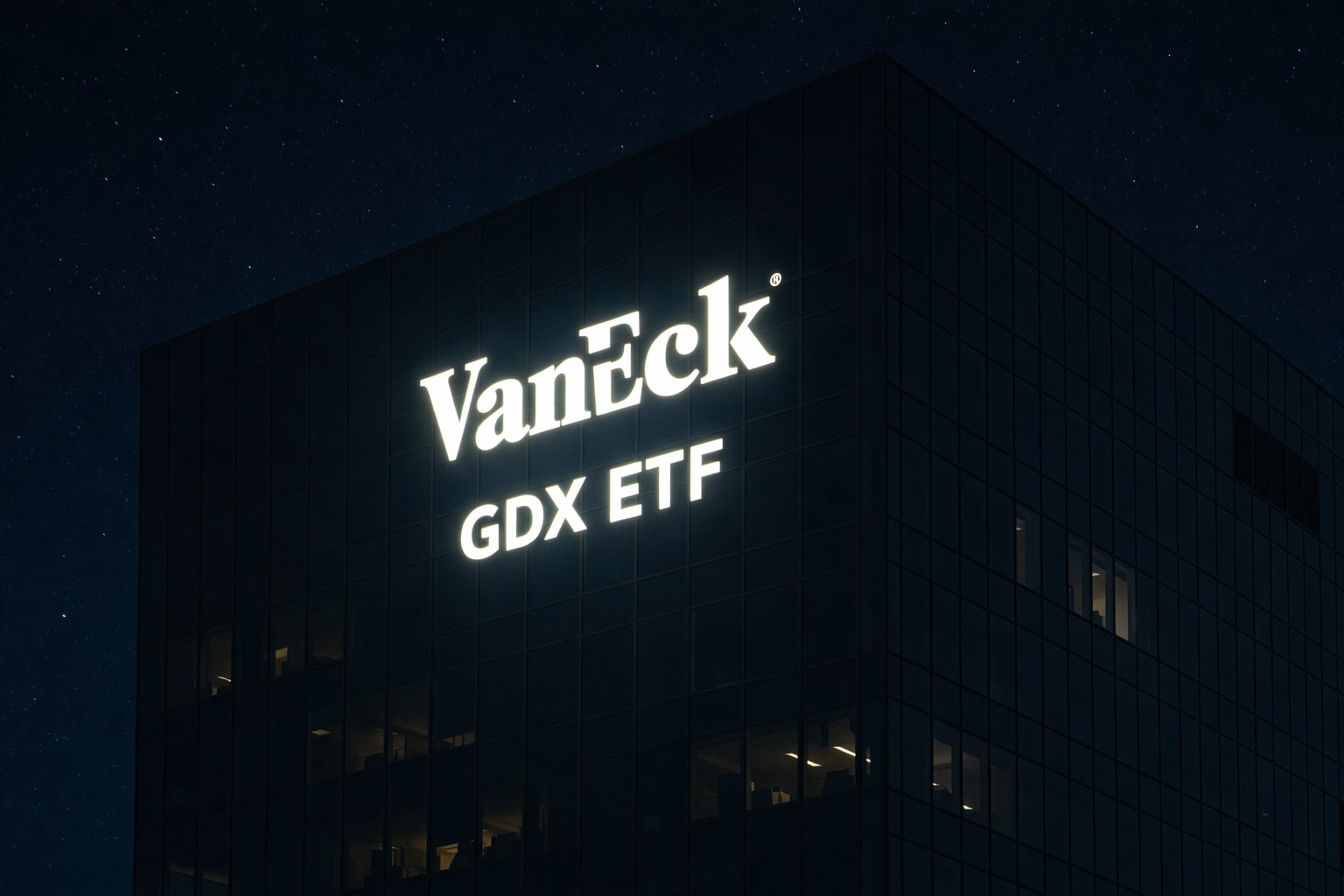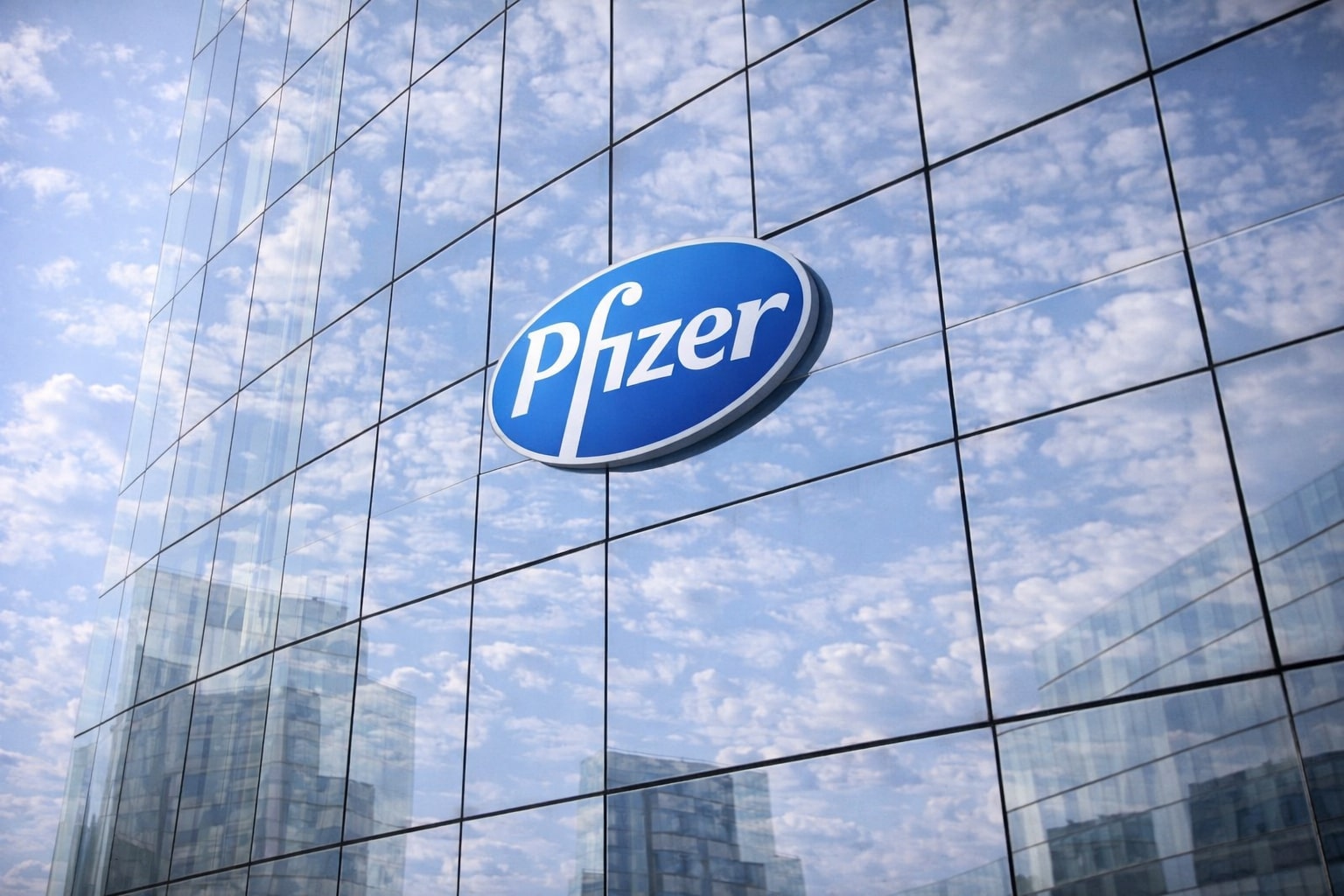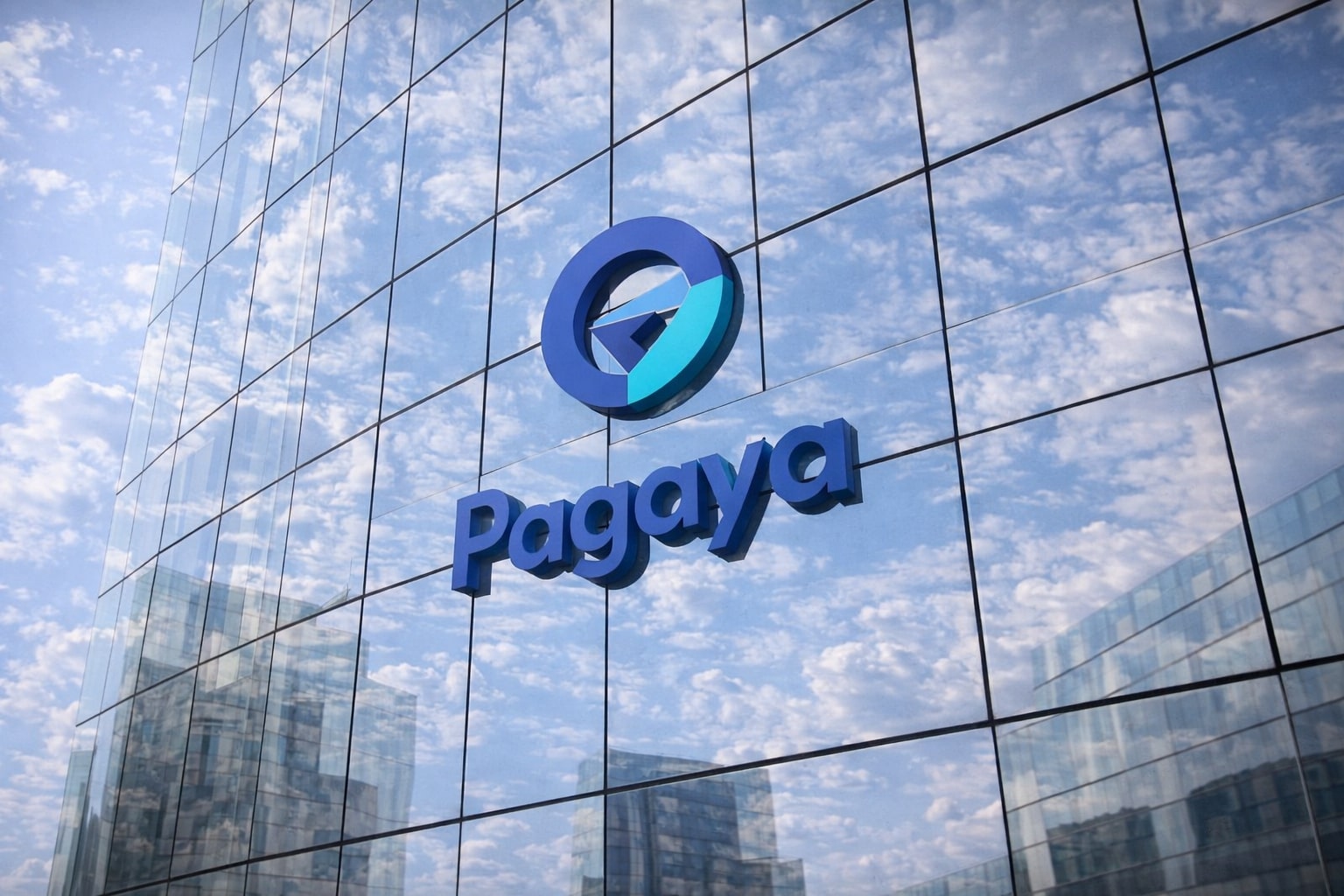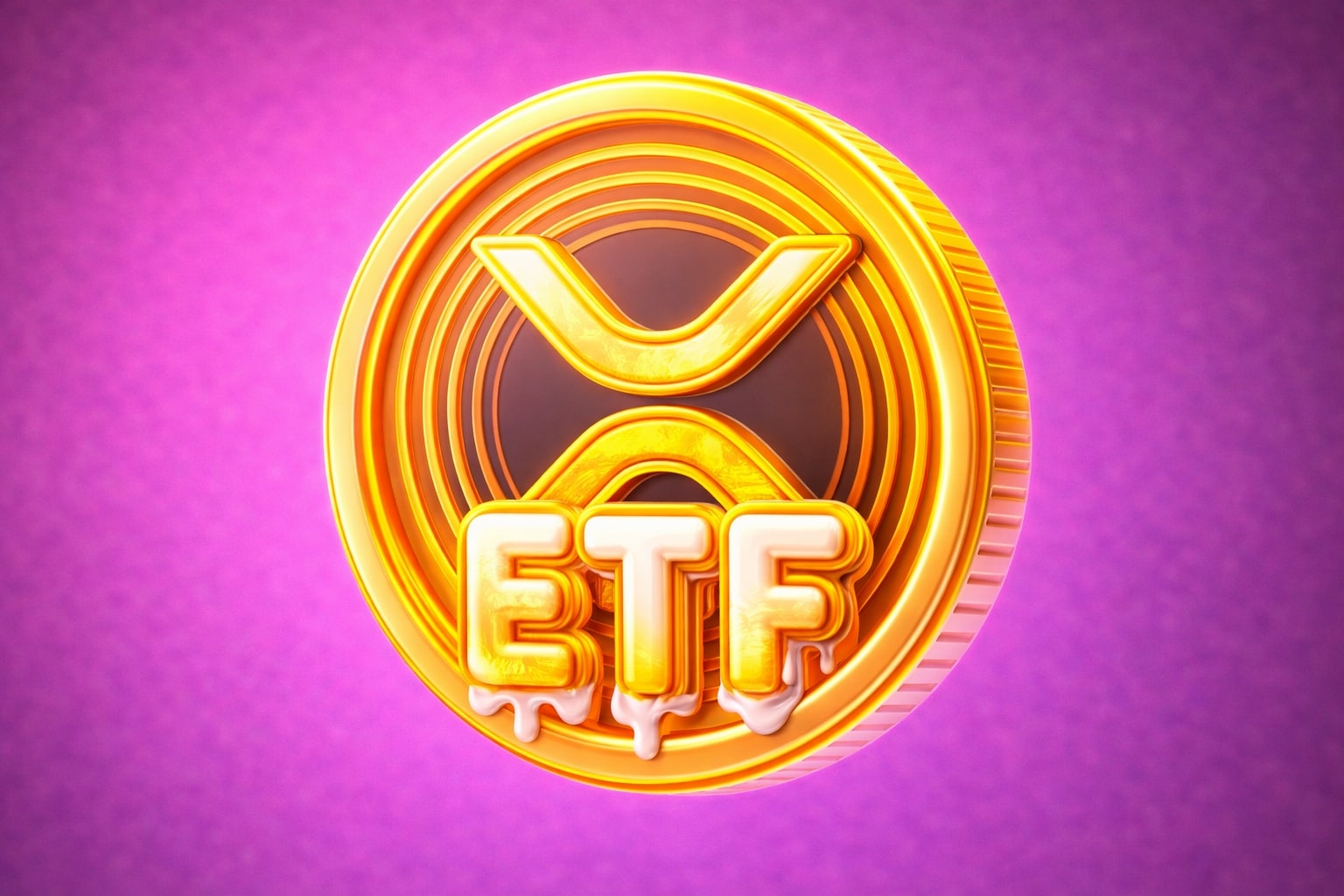Stock Price Performance and Valuation Gap
Alphabet (NASDAQ:GOOGL) trades at $241.67, commanding a $2.92 trillion market cap, up 59% in the past year with a forward P/E of 24.1x. NVIDIA (NASDAQ:NVDA) trades at $177.88, valued at $4.31 trillion, having surged 49% in one year and an extraordinary 1,126% in three years, with a stretched forward P/E of 39.3x. The valuation gap reflects NVDA’s higher growth profile but also highlights GOOGL’s more reasonable multiple relative to its earnings trajectory.
Revenue and Earnings Growth Divergence
Alphabet’s Q2 2025 revenue reached $96.4 billion, up 14% YoY, with operating margin at 32.4%. Google Cloud drove the upside with 32% growth to $13.6 billion and expanding operating margin to 20.7%. EPS over the past four quarters totals $9.39, with analysts forecasting double-digit annualized growth and long-term EPS near $16.5 by 2030, implying a potential share price around $415.
NVIDIA eclipses these growth rates with Q2 revenue of $46.74 billion, up 55.6% YoY, and net income of $26.42 billion, a 59.2% surge. Gross margin stood at 72.4%, far higher than GOOGL’s ~59%. TTM revenue hit $165.22 billion with a 52.4% net margin, unmatched among peers. Analysts forecast revenue climbing to $273.41 billion by 2027, with EPS growth pushing from $4.49 in 2026 to $6.35 in 2027, supporting bullish targets up to $270.
AI Strategy: Infrastructure vs. Platform
Alphabet is embedding AI across its platforms, with 1.5 billion monthly users now exposed to AI-powered search overviews and continued monetization potential through AI ads. Gemini adoption strengthens Google’s moat against rivals like OpenAI, while YouTube and Waymo offer additional long-tail AI monetization. Alphabet’s AI strategy leans heavily on software, distribution, and integration into existing services, supported by $85 billion in annual CapEx for AI-driven data centers.
NVIDIA dominates the AI infrastructure layer. Hyperscaler CapEx from Amazon, Microsoft, Meta, and Alphabet itself totaled $88.25 billion in Q2 2025, with NVDA supplying the GPUs that fuel that spend. The launch of Blackwell Ultra GPUs and sovereign AI partnerships in Europe show how NVDA monetizes not only hardware but also high-margin software like CUDA and TensorRT-LLM. Its unique dual revenue stream—hardware leadership plus developer ecosystems—positions NVDA at the foundation of global AI investment, which could exceed $600 billion annually by 2027.
Capital Returns and Balance Sheet Position
Alphabet repurchased $13.6 billion in stock last quarter and pays a $0.21 dividend, signaling a balance between investment and shareholder returns. The company continues to maintain one of the strongest balance sheets in tech, with heavy free cash flow generation supporting both CapEx and buybacks.
NVIDIA’s capital return program is more aggressive, with a $60 billion buyback authorization in place. Its cash reserves of $56.79 billion outweigh its $10.6 billion debt, giving it ample flexibility to sustain buybacks while expanding production. Levered free cash flow at $52.44 billion ensures NVDA’s ability to finance both growth and capital returns simultaneously.
Regulatory and Risk Landscape
Alphabet faces regulatory overhangs. A €2.95 billion EU fine for anticompetitive practices in advertising and ongoing FTC investigations into ad pricing practices could weigh on margins. The company must also navigate lawsuits like PubMatic’s antitrust filing. Still, historical precedent shows Alphabet can absorb such penalties without derailing growth.
NVIDIA’s risks are tied to concentration and geopolitics. Heavy reliance on hyperscaler demand means any slowdown in AI CapEx could hit revenue. Custom chip efforts by Amazon and Google also present medium-term risks. Export restrictions to China cut into addressable demand, though NVDA has diversified supply chains and shifted focus toward Western hyperscalers and sovereign AI projects.
Comparative Verdict: GOOGL vs. NVDA
Alphabet offers a balanced growth and value play at $241.67, trading at historical multiples with a long-term target of $300–$415, backed by 14% revenue growth and expanding cloud margins. NVIDIA at $177.88 remains the pure AI growth engine, with margins above 50%, revenue growth north of 50% annually, and upside potential toward $270 if hyperscaler demand holds.
For investors seeking lower volatility and diversified exposure across ads, cloud, and AI, NASDAQ:GOOGL is a Buy with stable returns and long-term compounding potential. For those willing to pay a premium for hypergrowth tied to AI infrastructure dominance, NASDAQ:NVDA remains a Buy, albeit with higher risk if AI CapEx slows.
That's TradingNEWS
